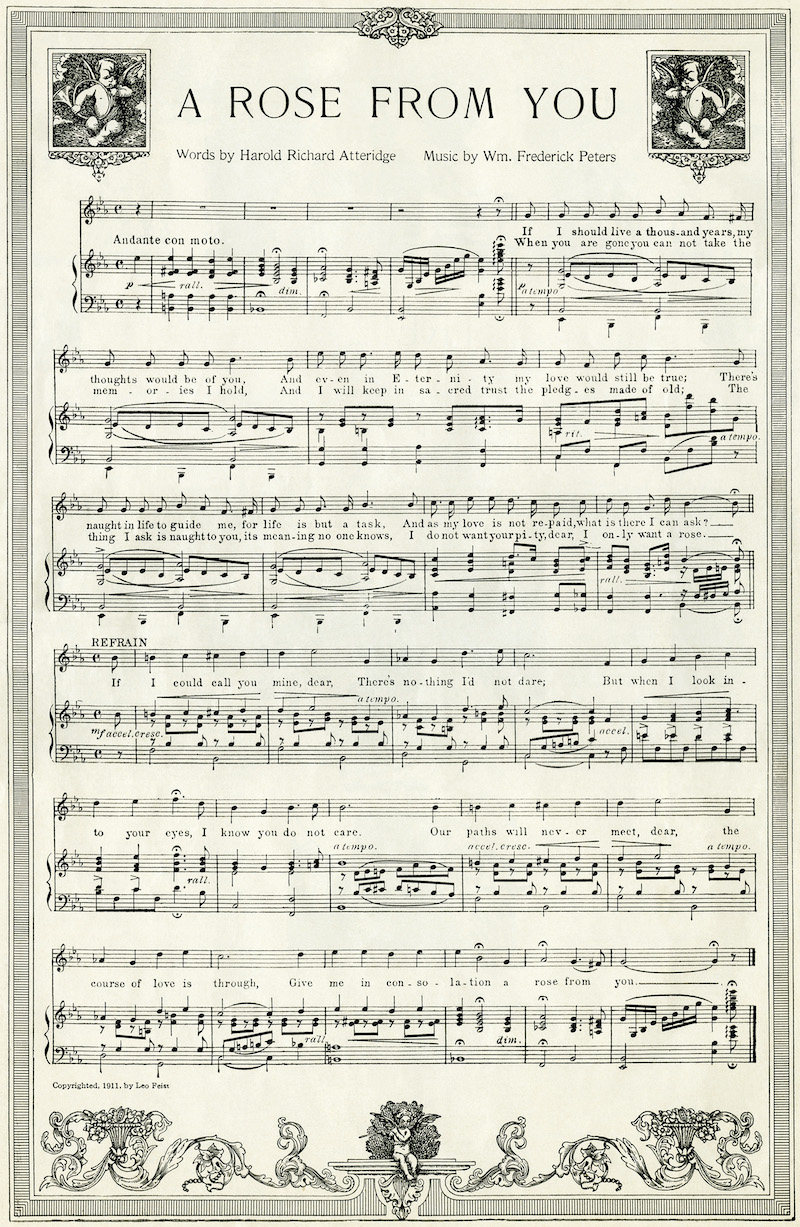I used to teach acting at a community college. The department where I taught was called “visual and performing arts.” The performing arts were vocal and instrumental music, dance, and theater.
While “performing arts” is no doubt an accurate description of what happens when the artist is in front of an audience, I prefer to think of them as “interpretive arts.” I like that term because music and theater performances require a two-step creative process. This is different from photography, illustration, painting, sculpture, and other visual arts, which involve a single artist producing a finished work based on a concept or idea they have devised themselves. There’s seldom a team involved in creating a work of visual art.
Interpretive arts require the framework to be created first: a musical composition, some lyrics, a play. The composer of the music writes down their creation, perhaps informally as simple chord patterns or guitar tabs, or more precisely using musical notation. The lyricist writes down the poetry that will be given life through a singer’s voice. A playwright creates the world their characters live in and give them words to say and things to do.
The next step is to perform the framework, which involves – in the case of a song – deciding on instrumentation, a key that compliments the performer’s voice, tempos, and so on. With a play, a director has to select actors to embody the characters and then help them discover insights that will make them seem real.
While the original composer, lyricist, or playwright probably had specific sounds or visuals in mind when they created the framework, they have little or no control over how the interpretive artist’s final performance choices. Which is as it should be.
When I start listening to a cover version of a popular song by another artist, I always hope they will bring something original to their interpretation. Note-for-note reproductions, even down to the same vocal ad-libs as the original artist, have little interest for me. If I wanted to hear the original version, I can easily bring it up on one of the music services available to me. So instead, show me what you can bring to the framework; give me your interpretation. Make your version original, too!
On stage, especially in amateur community theater, there can be a lot of imitation or mimicry. Less-experienced and less-confident actors may choose to copy a well-known performance of the role they’re playing, often from a film or television version of the script. Again, if I want to watch the original production, I can probably find it online, especially these days with so many streaming services available. I’d much rather see your version of the character.
Are there limits to this interpretive freedom? Yes, a few. While the performing artist is interpreting the original artist’s framework, they need to show respect for it by not changing words or making so many changes to the musical composition that it’s no longer recognizable. Music is boundless, though, and a good song can usually withstand being transformed into another genre, slowed down or sped up, stripped down or given a more elaborate instrumentation.
Plays require similar respect. The playwright’s words need to be performed as written; they are the poetry of the work, and we don’t rewrite poetry. What seems constricting is actually freeing. The actor doesn’t have to come up with things to say, they just have to decide how to communicate those words to their scene partners and, in turn, to the audience. The director’s job is not to micromanage each actor’s performance but to ensure that each creative artist on stage is working together to create a cohesive whole (one could argue that’s the third step in the creative process, perhaps analogous to the producer in a music studio).
That’s the magic of rehearsal, in both music and theatrical performance: to try all of the possibilities, toss out the ones that don’t work and keep the ones that do, and always remain open to new ideas as the performance develops. Everything remains open to interpretation.
